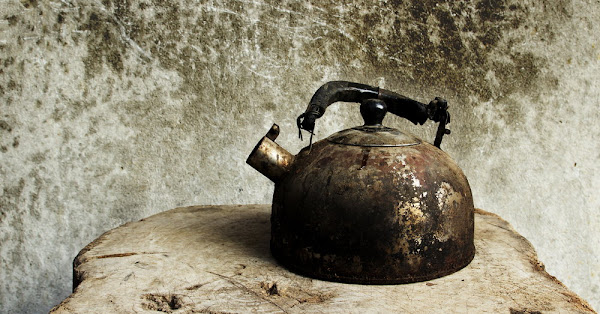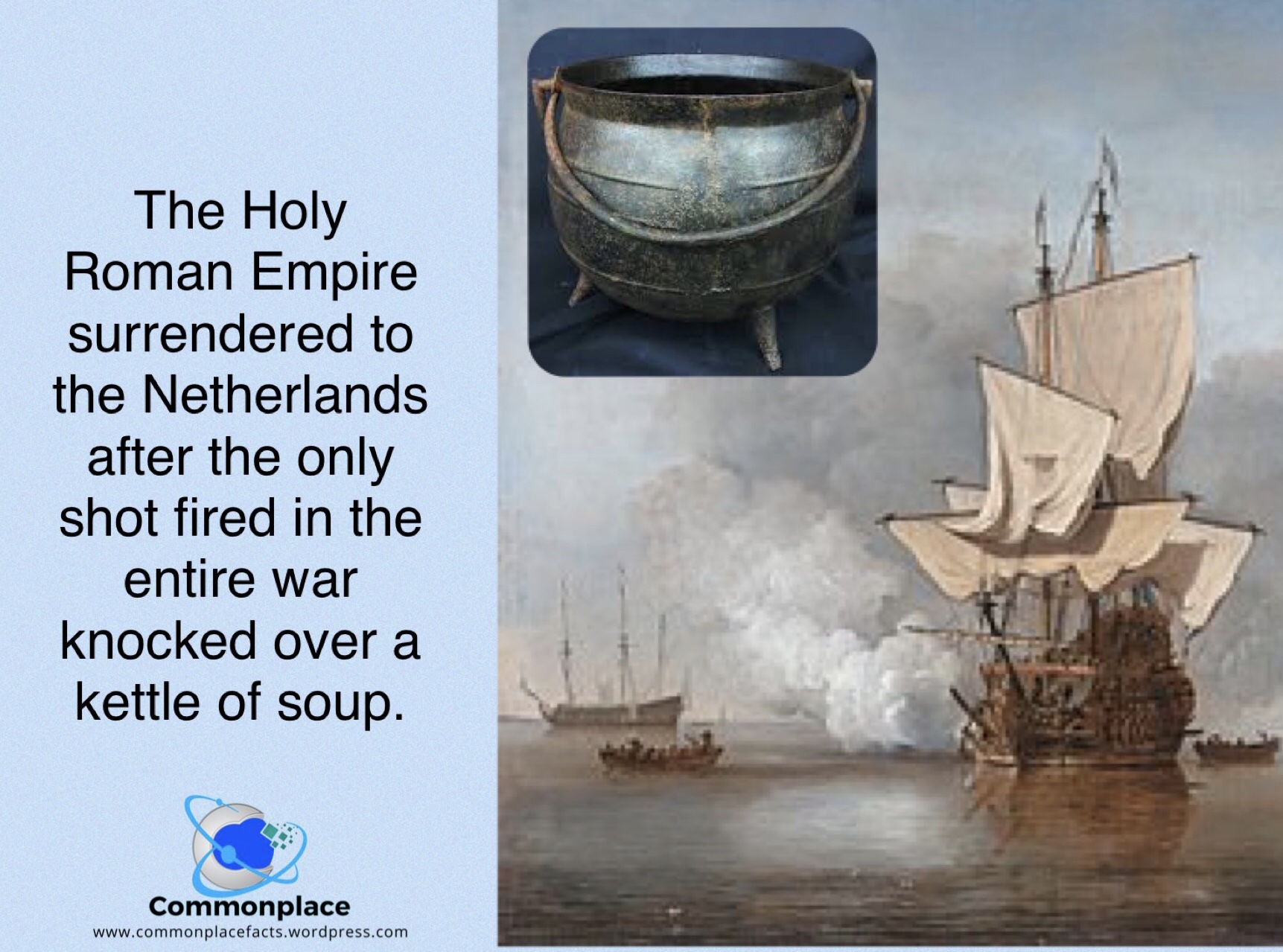Imagine a war that began with a single cannonball and a kettle – sounds impossible, right? Yet, in the intricate world of 18th-century European diplomacy, the unthinkable became reality. The Kettle War stands as one of history’s most peculiar military confrontations, a testament to the bizarre diplomatic tensions that could spark international incidents.

The famous incident between Dutch frigate and Austrian vessel during the Kettle War (Source: Wikimedia Commons)
In the late 1700s, Europe was a powder keg of political intrigue and territorial ambitions. The Scheldt River wasn’t just a waterway – it was a lifeline of trade and a strategic goldmine that could make or break nations. The Dutch Republic and the Holy Roman Empire found themselves locked in a diplomatic dance that would culminate in one of the strangest naval encounters ever recorded.

Naval engagement during the Kettle War (Source: Amusing Planet)
The spark of conflict came aboard the Dutch frigate De Drie Eenheid, a vessel that would become infamous for its role in this extraordinary confrontation. Picture the scene: tensions were high, diplomatic nerves were frayed, and a single cannonball would soon transform a minor dispute into an international spectacle. The Dutch ship, sailing through waters claimed by multiple powers, became the centerpiece of a confrontation that would challenge the very nature of 18th-century warfare.
What made the Kettle War truly remarkable was its bloodless nature. Unlike typical military conflicts, this was a war of posturing, pride, and political maneuvering. The Dutch Republic and the Holy Roman Empire squared off in a naval standoff that was more about saving face than shedding blood. Naval strategies were deployed, ships were positioned, and yet not a single soldier lost their life in this extraordinary confrontation.

Historical illustration depicting the Kettle War (Source: Commonplace Facts)
The diplomatic implications were profound. In an era when national pride and trade interests could escalate minor disagreements into potential wars, the Kettle War became a microcosm of European political complexity. Imagine diplomats negotiating over a single cannonball, with entire nations watching and waiting. It was a high-stakes game of international chess, played out on the waters of the Scheldt River.
Surprisingly, the war concluded without a formal treaty – a resolution as unusual as the conflict itself. The incident highlighted how minor disputes could quickly spiral into significant international tensions. It served as a stark reminder of the delicate balance of power in 18th-century Europe, where a single moment could reshape diplomatic relationships.
Looking back, the Kettle War seems almost comical. Yet it reveals deep truths about human nature, diplomatic relations, and the sometimes absurd mechanisms of international conflict. It reminds us that history is not always about grand battles and heroic conquests – sometimes, it’s about a kettle, a cannonball, and the complex human emotions that drive nations.
References:
Kettle War – Wikipedia – link
The Kettle War – Amusing Planet – link
The Kettle War – Commonplace Facts – link
Categories: Diplomatic History, European History, Military History, Naval Warfare, Unusual Events, War History
Tags: 18th Century, diplomatic relations, Dutch History, European History, Kettle War, Military History, naval warfare, Scheldt River
Religion: Not applicable
Country of Origin: Holy Roman Empire, Netherlands
Topic: Military History
Ethnicity: European

